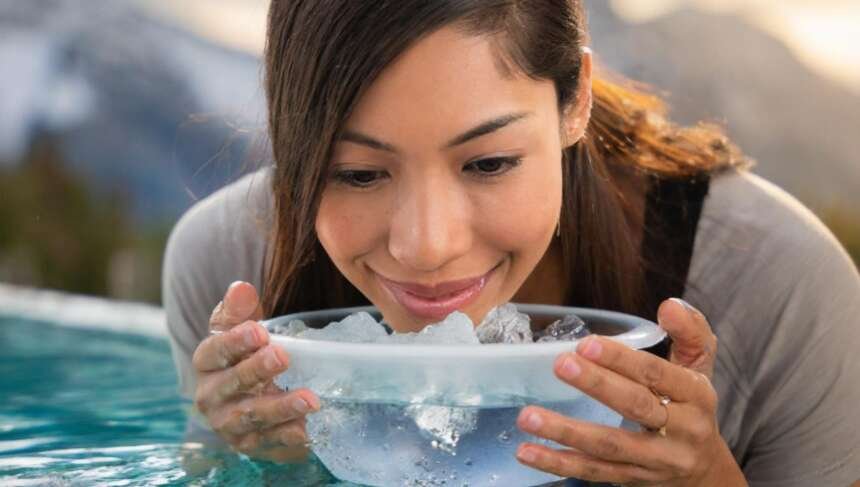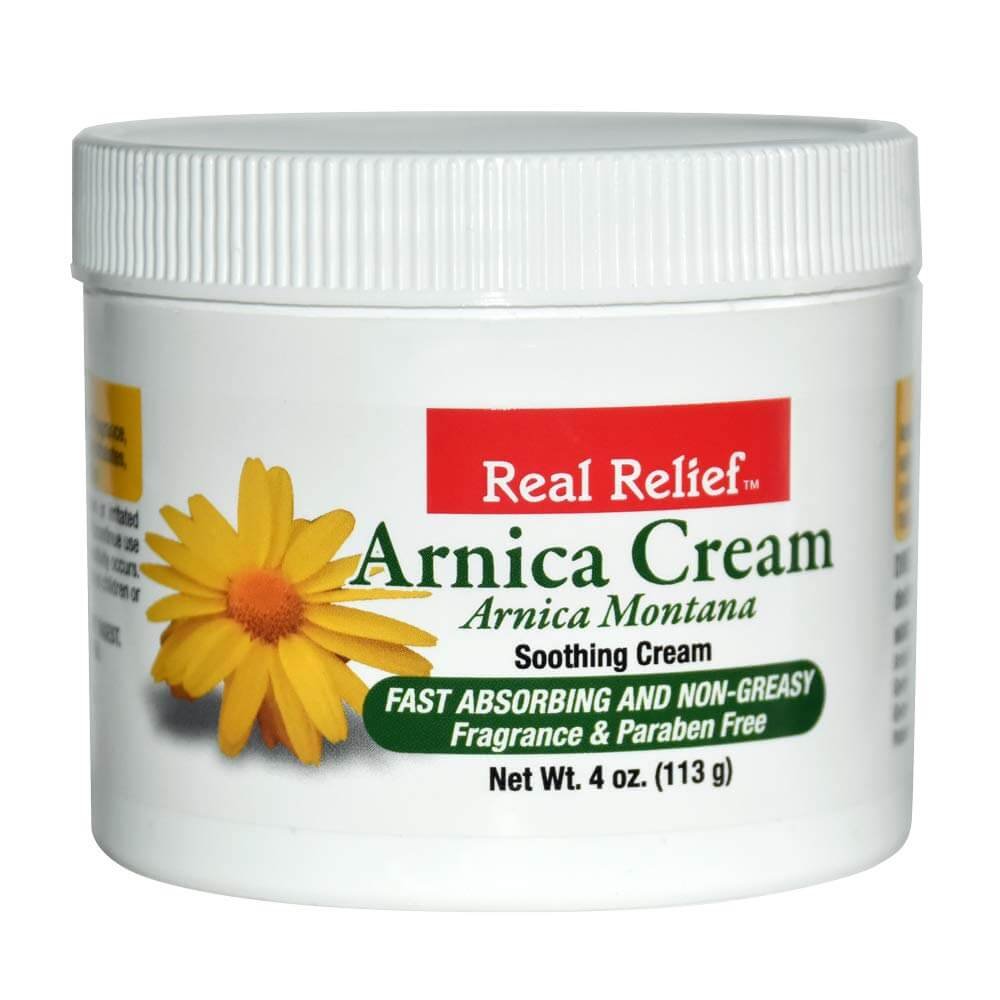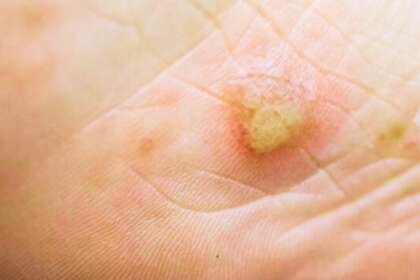Have you heard about the latest beauty trend that’s been making waves on social media? The “ice water face dip” is a simple yet controversial practice that claims to provide anti-aging benefits and a more youthful appearance. But does it really work, or is it just another fad? Let’s dive into the science behind this technique.
What is the Ice Water Face Dip?
The ice water face dip involves submerging your face in a bowl or sink filled with ice-cold water for a brief period, usually between 30 seconds to a minute. Proponents of this method claim that the extreme cold temperature can help to constrict blood vessels, reduce puffiness and inflammation, and promote a more youthful, radiant complexion. [Source]
Science Behind Facial Cryotherapy
While the idea of dunking your face in ice water may seem unconventional, there is some scientific evidence to support the potential benefits of this practice. Facial cryotherapy, or the use of extreme cold temperatures on the face, has been studied for its potential to improve skin health and appearance. [Source]
One of the primary mechanisms behind the claimed benefits of the ice water face dip is vasoconstriction. When exposed to cold temperatures, blood vessels in the face constrict, reducing blood flow and consequently decreasing inflammation and puffiness.
This temporary reduction in blood flow can also help to minimize the appearance of fine lines and wrinkles, as well as improve skin tone and texture.
Additionally, cold temperatures have been shown to stimulate the production of collagen and elastin, two essential proteins that contribute to skin elasticity and firmness.
By promoting collagen and elastin production, facial cryotherapy may help to improve skin’s overall appearance and potentially slow down the visible signs of aging.
Potential Risks and Precautions
While the ice water face dip may offer some benefits, it’s important to consider the potential risks and take necessary precautions. Exposing your skin to extreme cold temperatures can cause adverse reactions, especially if done improperly or for an extended period.
One of the main concerns is the risk of frostbite or other cold-related injuries, particularly if the water is too cold or if you leave your face submerged for too long. It’s essential to use water that is cold but not freezing, and to limit the duration of the dip to avoid damaging your skin.
Additionally, individuals with certain medical conditions, such as Raynaud’s disease or other circulatory disorders, should exercise caution or avoid the ice water face dip altogether, as the extreme cold could exacerbate their condition.
How to Incorporate the Ice Water Face Dip into Your Routine
If you decided to try this new trend of ice water face dip, it’s important to do so safely and in moderation. You can follow these tips:
- Start slowly: Begin with a shorter duration, such as 15-20 seconds, and gradually increase the time as your skin adjusts to the cold.
- Use lukewarm water first: Before submerging your face in the ice water, splash your face with lukewarm water to prepare your skin for the temperature change.
- Protect your hair: Tie your hair back or use a shower cap to keep it from getting wet and potentially freezing.
- Moisturize afterwards: After the ice water dip, pat your face dry and apply a moisturizer to help replenish any lost hydration.
- Limit frequency: I’d like to recommended to limit the ice water face dip to once or twice a week to avoid damaging your skin.
Enhance Your Anti-Aging Routine
While the ice water face dip may offer some temporary benefits, it’s important to note that it should not be considered a standalone anti-aging solution. For optimal results, it’s best to incorporate this technique into a well-rounded skincare routine that includes other proven anti-aging strategies.
Consistent use of broad-spectrum sunscreen, regular exfoliation, and the application of topical antioxidants and retinoids can help to protect and nourish your skin, while promoting collagen production and minimizing the appearance of fine lines and wrinkles.
Additionally, maintaining a healthy lifestyle through a balanced diet, regular exercise, and adequate hydration can also contribute to overall skin health and a more youthful appearance.
In conclusion, while the ice water face dip may offer some temporary benefits for reducing puffiness, inflammation, and potentially stimulating collagen production, it’s important to approach this technique with caution and moderation.
When combined with a comprehensive anti-aging skincare routine and a healthy lifestyle, the ice water face dip may provide an added boost to your efforts to maintain a youthful and radiant complexion.











